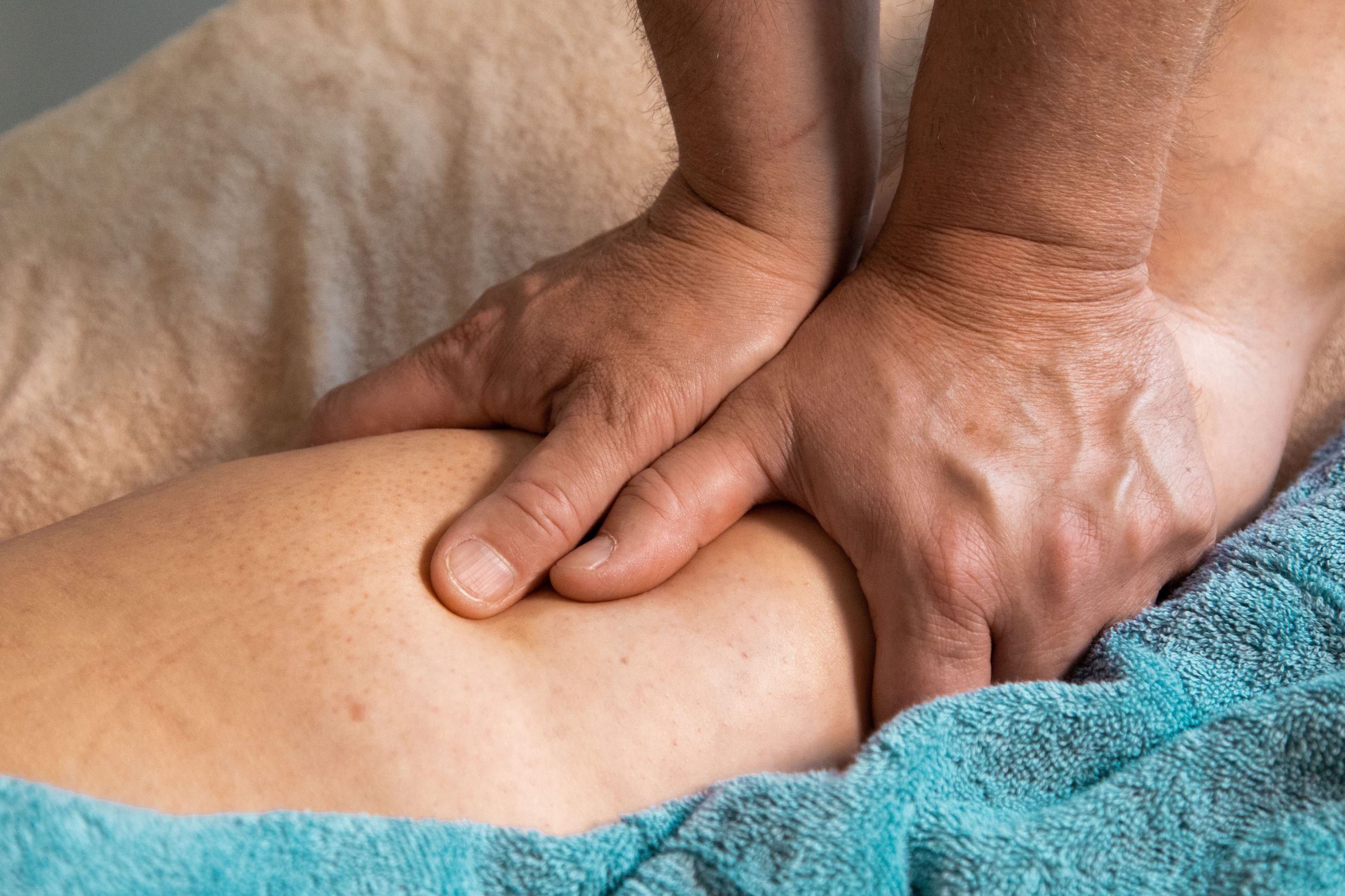
One of my patients, Phyllis, had rotator cuff surgery in early March, two weeks before the world turned upside down due to COVID-19.
For her rotator cuff surgery to be successful, Phyllis would need substantial physical therapy after surgery. This would require hands-on care, and couldn’t be done via telehealth.
Phyllis was a patient of mine prior to her surgery, so she wanted to come to The Manual Touch for her post-surgery therapy. However, I suggested she see a therapist recommended by her surgeon, as those therapists know the doctor’s protocol.
At 72 years old and five weeks post surgery, Phyllis really needed to begin her physical therapy right away, but she didn’t feel safe going to a busy PT clinic during the pandemic.
Phyllis reached out to me to discuss options, and I offered to come to her house twice per week while wearing a mask, and she agreed.
Phyllis is quickly moving through the protocol and doing well. After just two weeks of physical therapy twice a week, Phyllis is no longer wearing her sling, has very little pain, and has nearly regained full shoulder passive range of motion. She is now ready to begin moving her arm with less support from me.
Physical Therapy After Surgery at The Manual Touch
Early in my career, I worked with a lot of patients post surgery. However, since opening my private practice 10 years ago, I opted not to see post op patients for logistical reasons. But the COVID crisis has made me reevaluate that thought process. Patients who’ve had surgery during the pandemic find that my solo, quiet practice is an ideal location for doing physical therapy in order to avoid being in a busy clinic with a lot of people.
Physical Therapy is Critical To Healing After Surgery
The success of any orthopedic surgery, such as rotator cuff repair, knee surgery, ankle or foot surgery, total hip replacement, or hip labrum tear repair, is only as good as the physical therapy following the surgery.
After surgery, you will have difficulty doing all the daily activities you take for granted such as dressing, washing, walking, moving from sitting to standing or from sitting to lying down. You will need your therapist to teach you how to take care of yourself, get stronger, and regain your mobility. As your healing progresses, you will slowly and methodically rehabilitate and return to higher level activities such as walking longer distances, lifting, running, tennis, swimming, etc.
As Phyllis is a landscaper and landscape designer, she will learn how to use her arm safely for carrying plants, digging in the dirt, drawing, using the computer, pruning, and driving.
Eight weeks after surgery, Phyllis is well on her way to a full recovery. She is now safe to drive short distances and is meeting with clients — using social distance of course!
Do you have an elective surgery coming up? Feel free to call me at 847-541-7600 to discuss your post-surgery physical therapy options today!






Leave a Reply